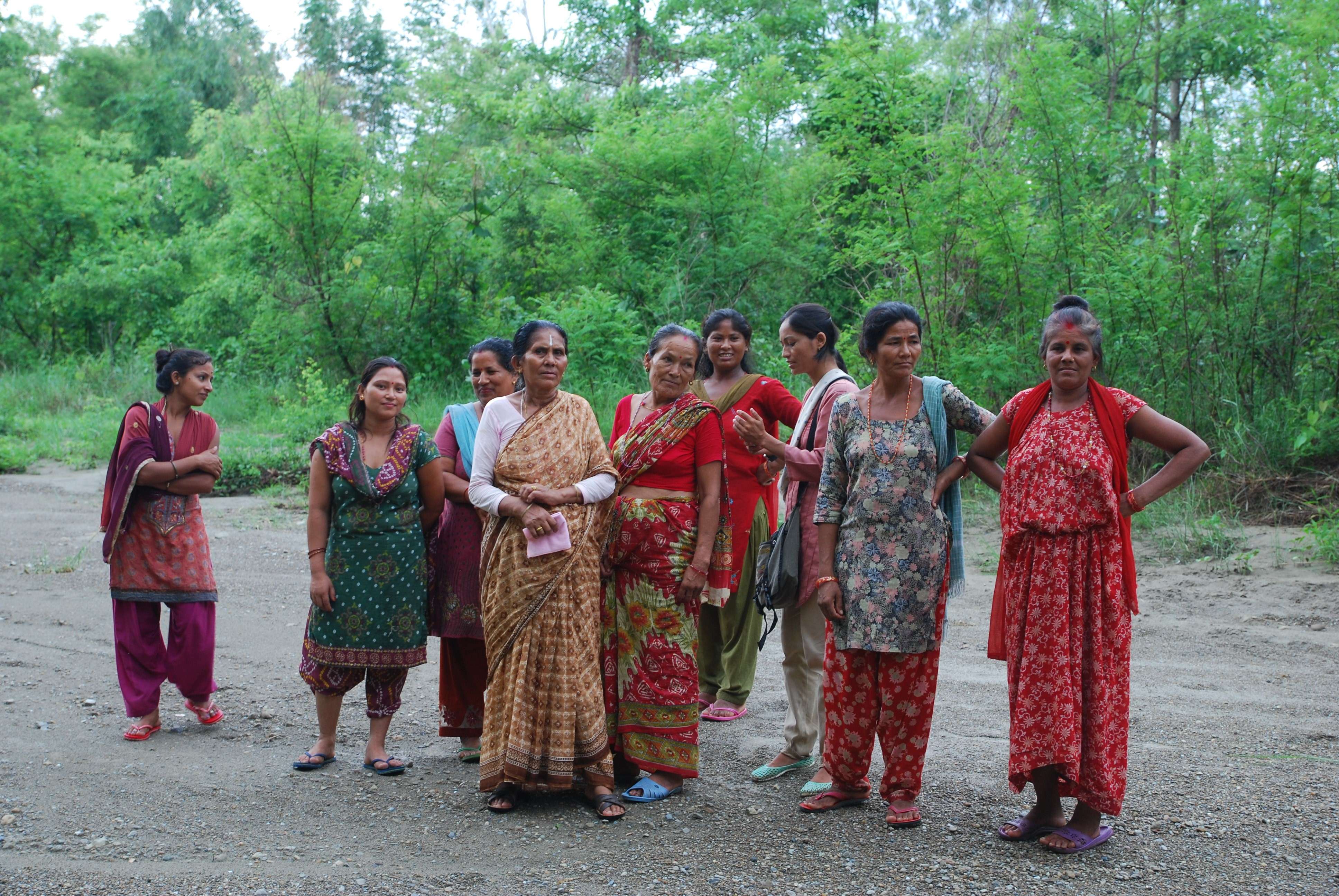
Trevor Ole is an international development leader with more than 35 years of experience managing environment, agriculture, and governance related programs throughout the Pacific region. Currently, he is Chief of Party for USAID Ready, a project implemented by DT Global to help Pacific Island nations develop their environmental and disaster resilience. Mr. Ole has a strong interest in ensuring inclusive and meaningful participation of citizens, including women, youth, persons with disabilities, and other marginalized groups. As part of our series of interviews with DT Global Chiefs of Party, we sat down with Mr. Ole to discuss how he brings meaningful participation into his programs.
Effective participatory planning involves buy-in from both government and its constituents. On the government side, you need to make sure that the government bodies you are working with understand and agree with the process and are ready for change. If you don’t make sure government is on board, you risk damaging constituent expectations later. I have found that it’s good to begin by working with politicians who have the gravitas and leadership skills to get momentum behind the work, that way they can bring along their colleagues in the process.
On the citizen side, it’s important to make sure that the participatory process is adding value for the citizens who get involved. It’s helpful to make sure that the initial work—the community plan—feeds up into a municipal plan that links up into a national plan. That way citizens can see a clear path for the work they are doing.
Finally, it’s crucial to make sure that people have the right tools to participate. For instance, I was working on a program in Papua New Guinea, and we were collecting data to assess the major issues citizens faced in one of the areas we were working. We had split up the women and men into separate groups, to enable everyone to feel more comfortable sharing their concerns. In the men’s group, men were writing down their problems, but in the women’s group there was nothing on the paper. At first women said they didn’t have any problems to write down, but after querying them further, I realized that the issue was that none of the women in the group could write. I involved a daughter of one of the women, who was literate, to help write down the issues. When I went around to the group later, they had written so much that they needed a new piece of paper. The lesson here is that we have to always make sure we understand the impediments to participation.
Participatory planning is not about solving everyone’s issues. Rather, it is about making sure people have the opportunity to have a voice. We can help citizens and government to understand that this is how government should conduct planning, and make sure citizens understand how they can get involved.

In any community, one of the first things is to assess who is excluded in that community and how they are excluded. And then crucially, you need to take action on it; policies on inclusion aren’t enough. Gender equality, social inclusion—these things don’t just happen. For instance, you can’t just invite women to a meeting, and if women don’t come to the meeting throw up your hands and say, well, we invited them. That is not good enough.
I’ve developed rules for my teams over the years. For instance, if you go to a meeting and no women are present, you don’t hold the meeting, and reschedule it for a time when women are available. In Thailand, a lot of our meetings went from 8 pm until midnight, because that was when women were available. In Papua New Guinea we’d have meetings in the afternoon because that was when women were available.
Another thing to do is to make sure your staffing structure is inclusive—hire a person with disabilities, have gender inclusion, and so forth. On a project in Papua New Guinea, we hired a person with disabilities, and it made all of us on staff think deeply about how to be inclusive in our daily lives.
The key is to create a few rules—each training group must have 50% women, no meetings can take place without women present, and so forth—and then live by them. And once you do this enough, the project gets a reputation about being serious about gender and social inclusion. If you don’t do these things, inclusion is just a piece of paper with no real action behind it.